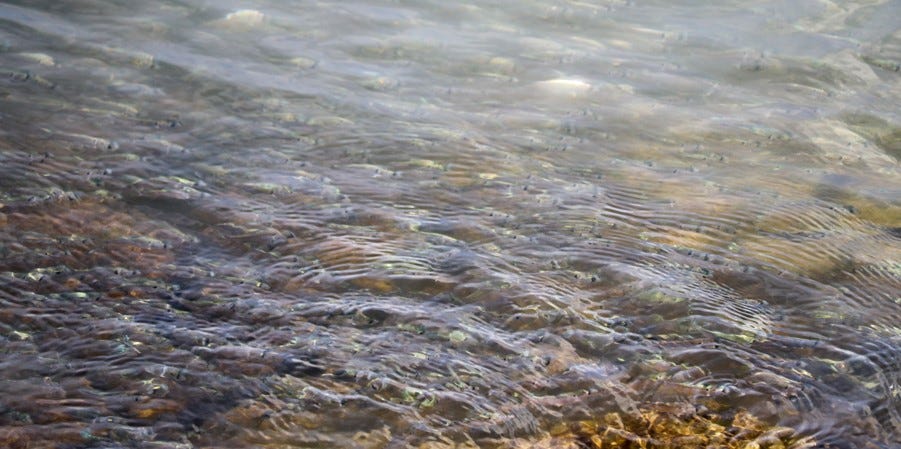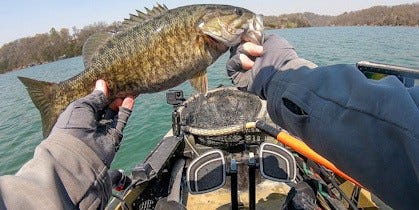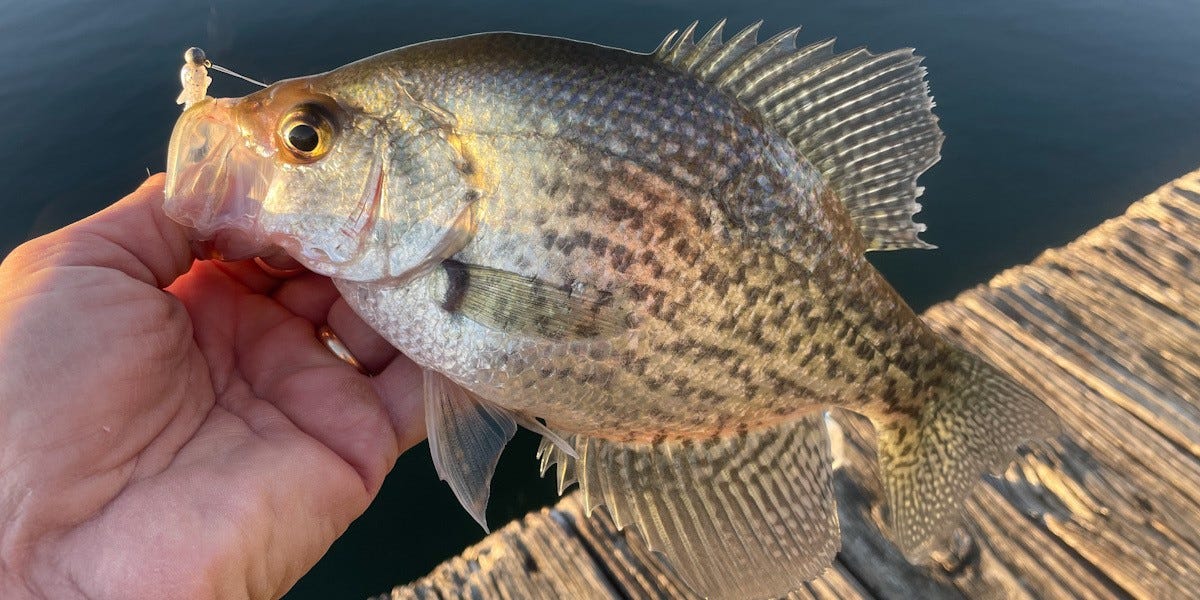- May 21, 2025
Solve High Muddy Water to Catch Late Spring Bass
Don’t let spring flooding keep you from bass fishing. Learn to seize the bass-catching opportunities these conditions create.
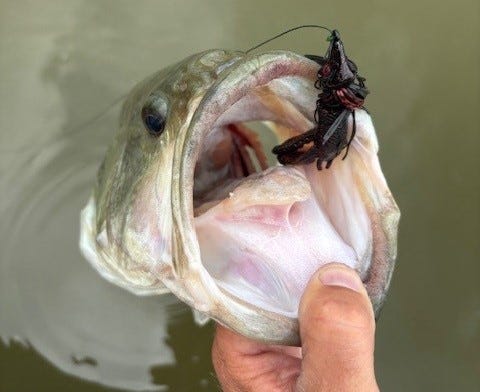

When spring fronts deliver downpours, causing major river system to roll with mud, many bass fishermen stay home or seek waterways less impacted by the deluges. Oklahoma angler Chad Warner does the opposite. When the Arkansas river runs high and muddy, like it is right now, Warner hurries to the river to take advantage of the opportunities those conditions create.
A lifelong river fisherman and Vice President of Brand Management for PRADCO-Fishing, Warner heads for the river’s backwaters under these conditions because the bass tend to concentrate and are eager to eat.
“I love to go to the river during these times as the fishing pressure is less, and high, flowing water will position the fish in areas that are predictable,” Warner said. “And when you find them, they typically will bite!"
Warner reaped those benefits last Saturday and for a couple more hours Sunday afternoon.
The Scenario
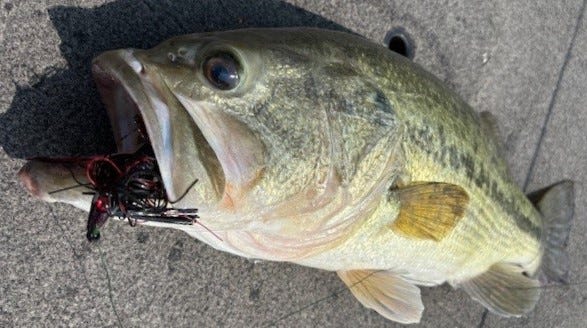

The river was high, running hard and dirty – red clay dirty – with little to no visibility, with water temps of 68-70. Such conditions this time of year push bass out of the main river and into backwaters, so that’s where Warner concentrates his angling efforts.
“Most fish have spawned. They are tired and just want to rest and eat – so current is typically bad,” Warner said. “Backwater areas allow the fish to recuperate and feed up before moving to their summer locations.”
Backwaters areas also offer higher water temperatures for the fish and growing vegetation, and they are the first areas to begin clearing when the river is extra muddy. The shad spawn is also happening at the same time.
“So many positives for them to stick around,” Warner said.
Specifically, Warner looks for backwater areas that offer water willow, coon tail and milfoil, especially where the vegetation is mixed, and he looks for the cleanest water available.
Lure & Approach
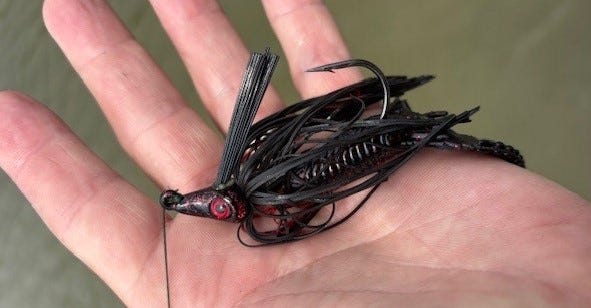

Warner go-to approach for this situation is to match a BOOYAH 1/2-ounce Mobster Swim Jig with a YUM Craw Chunk and swim the jig, targeting vegetation. He likes the 1/2-ounce size Mobster because it allows for casting accuracy. He chooses a Craw Chunk because its bulk keeps the bait higher, allowing him to work slower, and because it moves a lot of water to help fish find it and to prompt strikes.
The Mobster, created by Arkansas River specialists specifically for swimming presentations, cuts through the vegetation extremely well and is designed so it swims with a bit of wag to trigger bites. It’s armed with a stout and ultra-sharp black nickel hook.
Warner was using the color Body Bag, a special Lurenet color that is mostly black, with red accents. His Craw Chunk trailer was Black Neon.
“I absolutely LOVE black during this time, and here’s why: Black creates the best silhouette of any on the color chart, improving visibility for the fish and, more importantly, the angler, as it allows for depth monitoring when swimming the jig,” Warner said
He likes to keep a swim jig high in the war column for dirty-water fishing, mostly working it a level where the jig stays barely in sight, and black’s stark profile facilitates keeping the bait in the strike zone.
“Black is not a color that is widely chosen by anglers,” Warner said. “They often think the opposite and go bright when the water is dirty. Now, that is not wrong, by any means, but when the shad spawn is on and anglers are throwing colors that mimic shad, providing a different look will often get more bites.”
Warner also likes the Body Bag/Black Neon combination because it accurately mimics the very dark crawfish he most commonly sees in the Arkansas River. Crawfish provide critical forage around shallow vegetation – especially when there is strong current in the main river.
“When the water comes up from strong rains, the crawfish will move from their current locations to shallower waters due to the river current and depth increase from rising water. They’ll find shelter in any cover possible in the shallows – vegetation, rock, wood… and the bass know this!”
"If you’re faced with high dirty water in the post spawn, find the cleanest backwater areas in your body of water and give the darker colors a go and see if it pays off for you."
-Chad Warner, BOOYAH Bait Company

